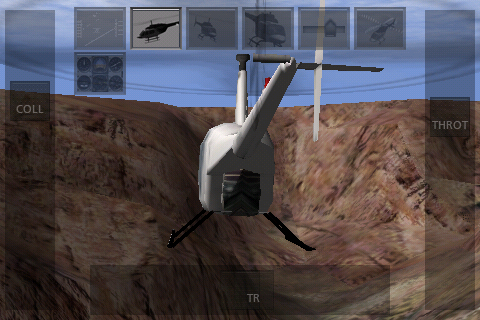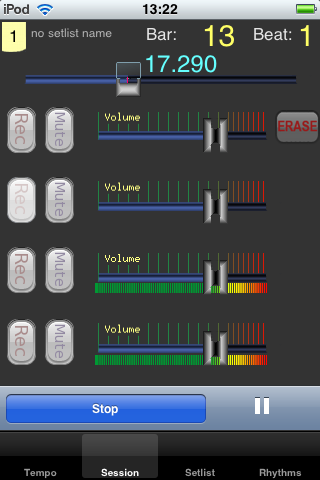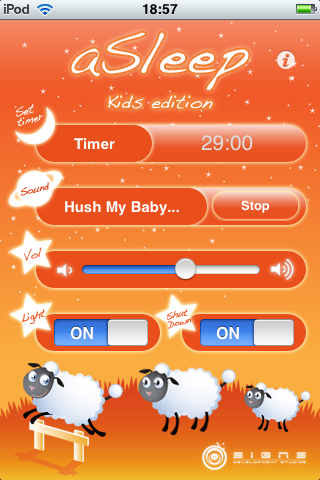Regular watchers of my Phones Show will note that I recently did a feature on Convergence, listing ten things which my phone did that used to require separate devices – quite an impressive (theoretical) list of now redundant ancillary bits of hardware.
For my list, I pointedly used the Nokia N82, reckoning it as the ‘most converged device on the planet’ – how would the Apple iPhone hold up against this convergence list? And, more to the point, what about the ways in which it offers extra means of Convergence beyond the original somewhat-Nokia-centric top ten? Let’s find out….
Here are the ten points, in the same order as on the show:
- Phone (of course) – the iPhone works well here too, though it can’t handle video calls
- PDA – again, the iPhone is excellent, handling all PIM data types and syncing to iTunes and to the ‘cloud’ (Mobile Me)
- Digital Music Player – the iPhone again works very well, with the proviso that you can’t use wireless headphones (i.e. there’s no Bluetooth A2DP support)
- Stills camera – the iPhone’s camera is one of the best fixed focus, non-Flash camera units in a phone, but it’s still miles behind the N82’s 5 megapixels, large Carl Zeiss lens and Xenon flash, so the iPhone can’t put a tick in this box
- Video camera – without jailbreaking, the iPhone can’t do any video recording, so no-go here too.
- Radio – as with the Nokia, the iPhone is very at home with Internet radio and podcasts, though admittedly there’s no FM radio built-in – a minor point
- Sat-nav – Google Maps on the iPhone is impressive in terms of integration and functionality, but Google’s own restrictions means that there’s no real time navigation ability, let alone voice guidance
- Pedometer and Sports GPS – Although not built-in, these functions are only a couple of dollars away in the App Store, so count this as a tick for the iPhone
- eBook Reader – the iPhone works well here, too, with its lovely screen and flick interface helping make reading a pleasure
- Laptop(!) – I’ve seen demos of an iPhone with a Bluetooth keyboard, but it’s safe to say that this is in the realms of hackers at the moment. Should Apple open up the OS though, a Bluetooth keyboard and iPhone screen would make a compelling combination.
So that’s 6 out of 10 matches for the iPhone, as measured against the Nokia N82. but what about convergence possibilities of its own? I think it’s fair to say that the App Store helps take the iPhone into previously uncharted waters here:
- Games console – there’s just no ignoring this. Nokia may have a so-so games scene, but gaming on the iPhone and iPod touch blows everything else out of the water. Fastlane, X-plane, Slotz, you name it…. Who needs a Sony PSP or Nintendo DS Lite?

- Handheld TV – with BBC iPlayer (in the UK, at least), with video podcasts, with YouTube, with live Internet TV (e.g. France 24), and so on, have connection, will watch. OK, we’re not talking about all live channels, but then all the best video/TV content can be timeshifted anyway. [Much of live TV is rubbish (IMHO!)] Other mobiles and handhelds can’t currently match the iPhone platform for depth of video content

- Reference books/encyclopaedia – these are big in the App Store and give you an excellent way to take in depth content with you. On most other mobile platforms, you’re at the mercy of seeking out specific ebooks.

- Musical instrument – there are now more virtual instruments in the App Store than I can count – plus several mini recording studios

- Child’s bedtime manager (as reviewed a few days ago!) – a whole new use for your trusty iPhone!

Your own interests may suggest extra uses here – the use of the full screen and sensors by thousands of useful applications make the iPhone rather future proof in this regard – what will innovative programmers come up with in the next few years?
In summary, it’s interesting to see how convergence gets played out slightly differently on the different mobile platforms. In turn, Windows Mobile device users might point to the various vertical market/enterprise software solutions, pointing out ways in which their devices can be used in companies. As ever, it’s impossible to declare a blanket ‘winner’ in this space – it all comes down to choice and having more of it than ever!
